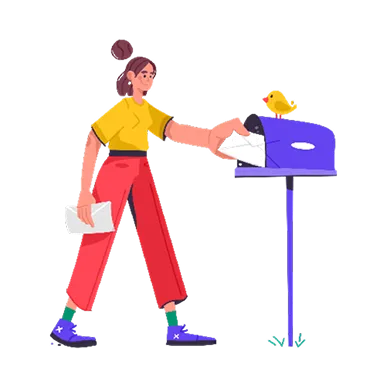
Digital Takeoff vs Blueprint Takeoff: Pros & Cons
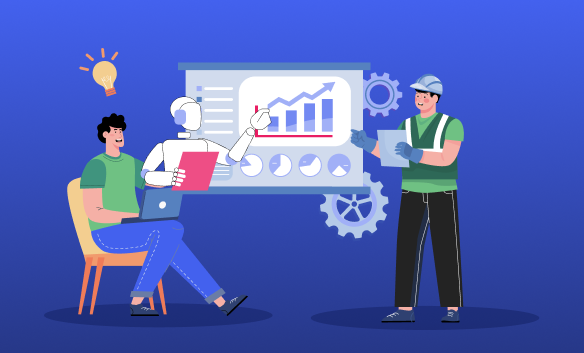
If you’re an estimator, chances are you’ve spent countless hours hunched over a set of blueprints; scale in one hand, highlighter in the other. At the same time, you’ve probably come across your fair share of digital takeoff software, all promising faster results with fewer errors.
No matter which method you use, one thing remains true in construction estimating. Winning a bid comes down to speed and accuracy. For years, estimators have relied on manual methods for takeoffs. Sure, they got the job done, but they’re time-consuming, prone to error, and hard to scale.
Today, more and more teams are turning to digital tools to streamline their process and stay competitive.
So, what’s the better choice? Traditional blueprint/ manual takeoffs or digital takeoffs?
In this blog, we’ll break down the pros and cons of each approach so you can make the right call for your projects, your team, and your deadlines.
But first, what exactly are we comparing? Let’s break down what we mean by blueprint takeoffs and digital takeoffs.
What is a Blueprint Takeoff?
Let’s start with the classic. A blueprint takeoff or manual takeoff is the traditional way of measuring quantities directly from printed plan sheets. Estimators use tools such as scale rulers, colored pens, and calculators to manually measure and count construction materials, like piping, fixtures, and the square footage of flooring.
It is a slow and detailed process, but it has been the only option for as long as we can remember. For many estimators, it remains the most comfortable and trusted approach.
What is a Digital Takeoff?
A digital takeoff, on the other hand, uses software to perform those same tasks on a screen, whether it’s a laptop, desktop, or tablet. These platforms let you upload plan files, measure items with just a few clicks, or even automate entire takeoffs with AI.
Digital tools are becoming more common across the industry, and rightfully so. They’re faster, more accurate, and easier to collaborate on, especially when teams are remote or working across multiple bids at once.
Also Read: Comprehensive Guide To Takeoff Software
Interested? Have a look at all the businesses Beam AI has already helped.
Now that we’ve covered what each takeoff method looks like let’s dive into the pros and cons of both.
Blueprint Takeoffs: Pros & Cons
The Upside
- Tactile & familiar: Manual takeoffs feel second nature to many veteran estimators who prefer working with physical drawings over learning new software.
- Cost-effective for smaller projects: For simpler jobs, the cost of using AI takeoffs or digital takeoff software may not be justified for construction business owners.
- No takeoff software learning curve: Does not require any digital training or extensive onboarding.
- Minimal tech dependencies: No worries about software crashes, subscriptions, or internet access.
The Downside
- Time drain: Manual takeoffs can take hours or even days for complex projects.
- Low accuracy: Lots of manual math and missed details can lead to costly overheads.
- Difficult to scale: Handling multiple bids or large plan sets becomes tedious and error-prone.
- Collaboration challenges: Sharing notes or changes involves scanning and emailing documents or physically delivering them.
- Environmental impact: Printing large numbers of blueprints can be wasteful.
Digital Takeoffs: Pros & Cons
The Upside
- Saves time: Digital takeoff software can measure faster. Auto-detect elements, set scales, and repeat across plan sets.
- Higher accuracy: Software minimizes errors in calculations and helps ensure key notes or spec details aren't missed.
- Easy updates: Addenda or revised sheets can be added quickly without requiring a complete restart.
- Enhanced collaboration: Multiple team members can work on a project simultaneously, leave notes, or review it remotely.
- Better bidding: Takeoff software like Beam AI lets you submit multiple takeoffs simultaneously, saving time and enhancing bid capacity.
- Scalability: Suited for large and complex projects, offering the tech efficiency needed for handling detailed measurements.
The Downside
- Learning curve: Getting started with takeoff software can take some adjustment, especially for teams new to digital tools. That’s why it’s essential to choose a platform that’s intuitive and easy to adopt. Need help deciding? Don’t miss our blog on choosing takeoff software your team will actually enjoy using.
- Can be costly: Requires an initial investment in software and potentially training for staff. Yes, takeoff software isn’t free. But it pays for itself in saved time and increased bids.
Also Read: Features To Look For In Takeoff Software
Digital Takeoffs Are the Smartest Bet for Your Construction Business
Manual takeoffs have served the construction industry well for decades; however, they struggle to keep pace with the increasing pressure and demands of a highly competitive industry. Digital takeoffs, on the other hand, offer the speed and accuracy that are crucial for winning bids.
Need more validation? Read below:
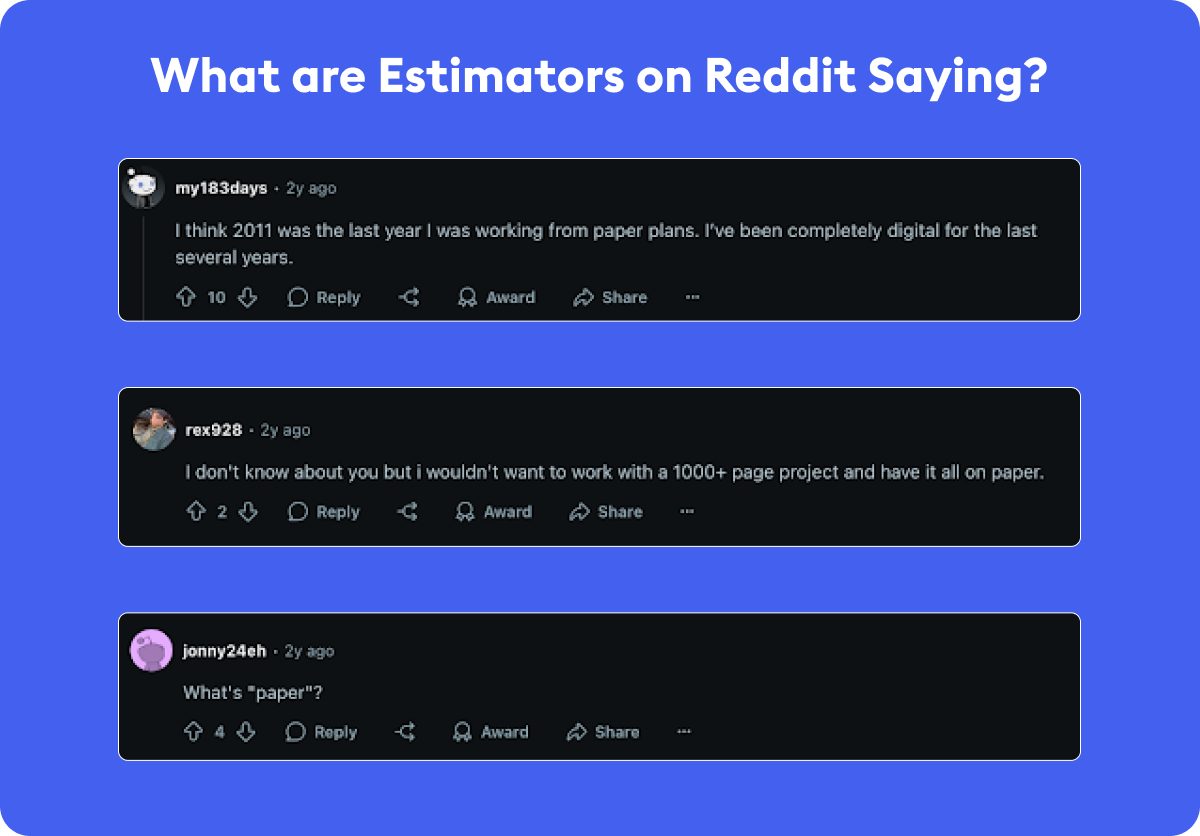
Where Beam AI Fits In
If you’re ready to move beyond manual methods and make takeoffs easier for you, Beam AI is the key.
It fully automates the takeoff process and delivers complete, QA-checked outputs across 15+ key trades with ±1% in-house accuracy, all within 24–72 hours. Estimators simply upload project drawings, define the scope, and receive bid-ready takeoffs—no manual edits or steep learning curve required.
With Beam AI automated takeoffs, construction teams can:
- Save up to 90% of their takeoff time
- Bid on 2x more jobs without expanding their team
- Get bid-ready, QA-checked outputs in 24-72 hours
- Auto-detect addenda, streamlining revisions, and saving valuable hours
- Easily switch between automated & manual takeoff methods
Yes, you read it right. While Beam AI does provide fully automated, done-for-you takeoffs, sometimes you just need to quickly turn around a smaller job or one with simpler scopes.
That's where our Manual Takeoff Mode comes in—fully integrated into the Beam AI platform.
With manual takeoffs on Beam AI, you can:
- Select specific plan sheets and set custom scales
- Create point, line, and area features manually
- Draw directly on plans using intuitive, estimator-friendly tools
- Apply tags and organize by trade or scope
- Export everything neatly to Excel or PDF
Give Beam AI a try. Book a demo with us now!
Before You Go
Blueprint or manual takeoffs are familiar and can sometimes feel comforting, but they’ve become a disadvantage, given the competitiveness of the construction landscape. Digital takeoffs, on the other hand, offer unmatched speed, accuracy, and scalability.
Whether you're bidding on simple scopes or large, complex projects, adopting digital tools can help reduce costly errors and manage more bids without burning out your team.
At the end of the day, it’s not just about ditching manual methods entirely—it’s about elevating traditional workflows to set your team up for success without working longer hours.







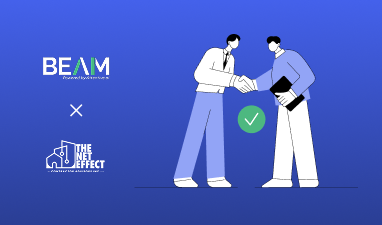
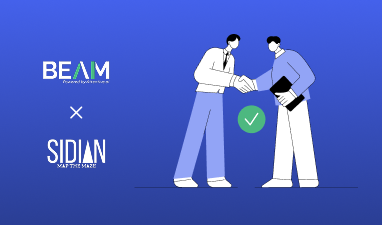
.png)

